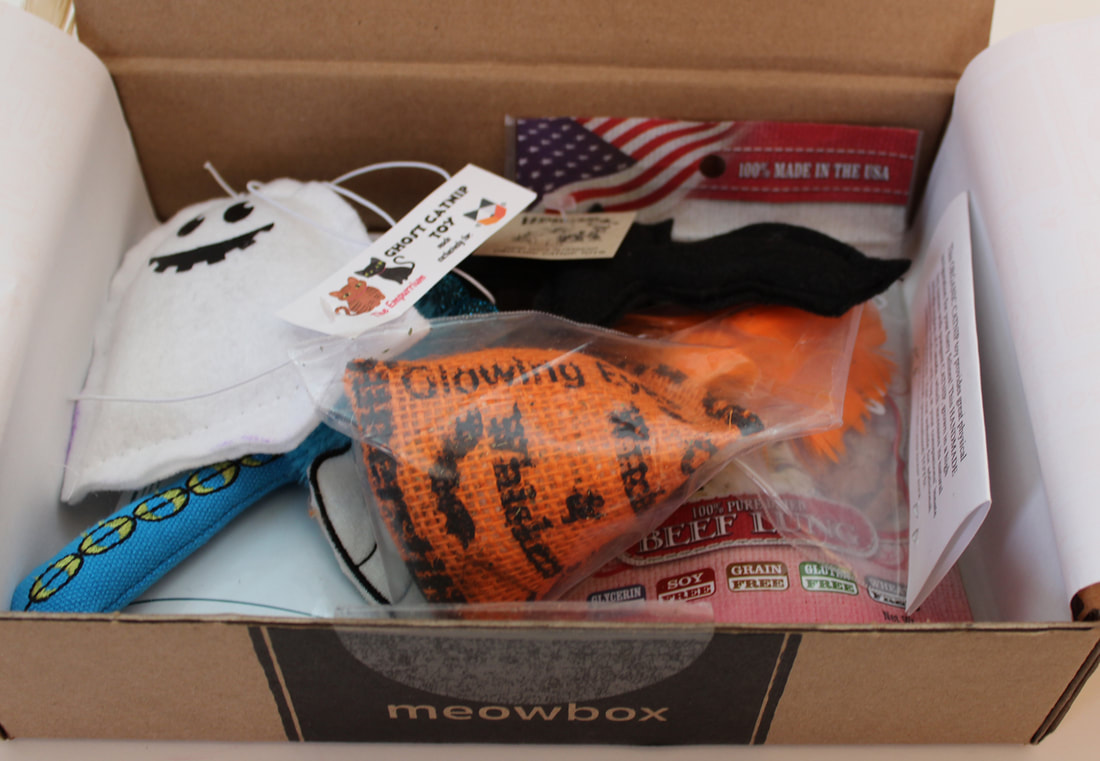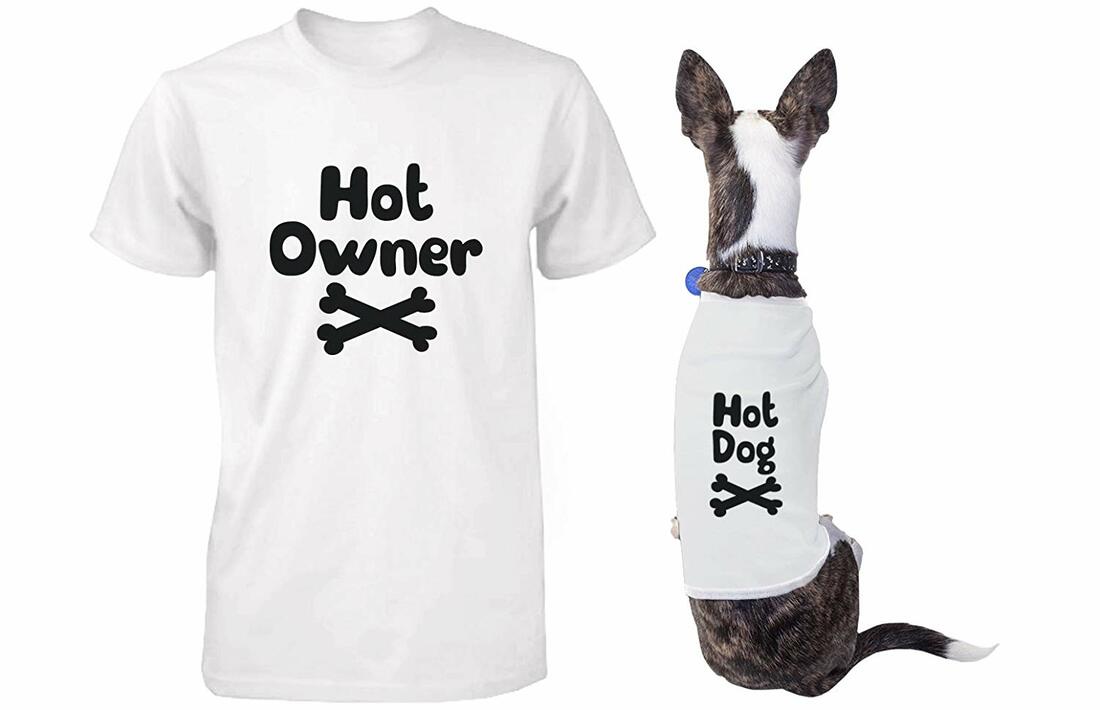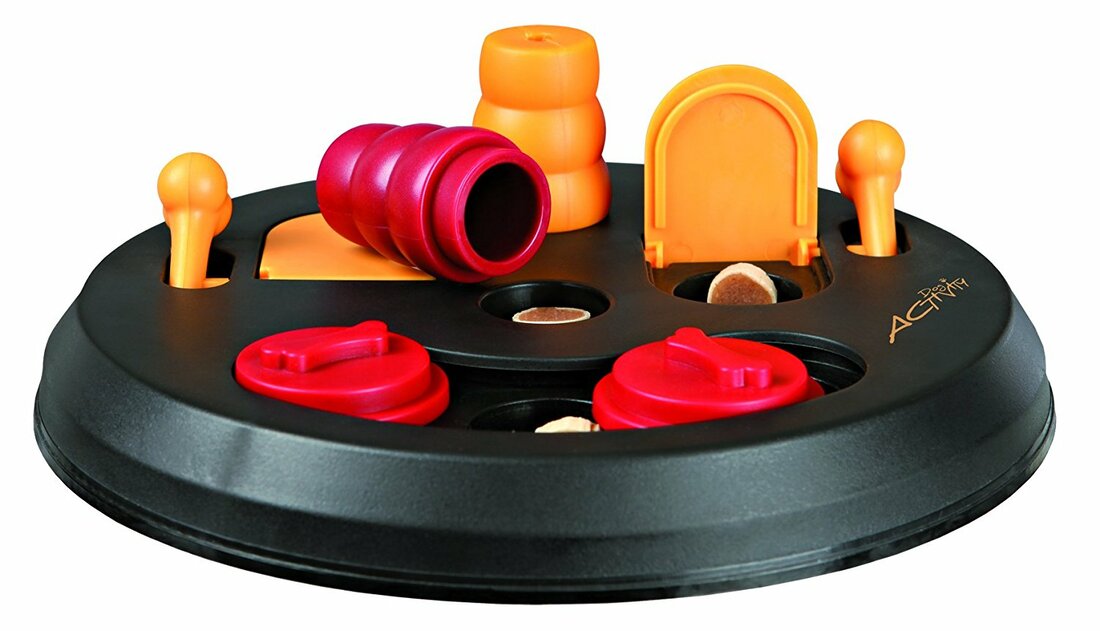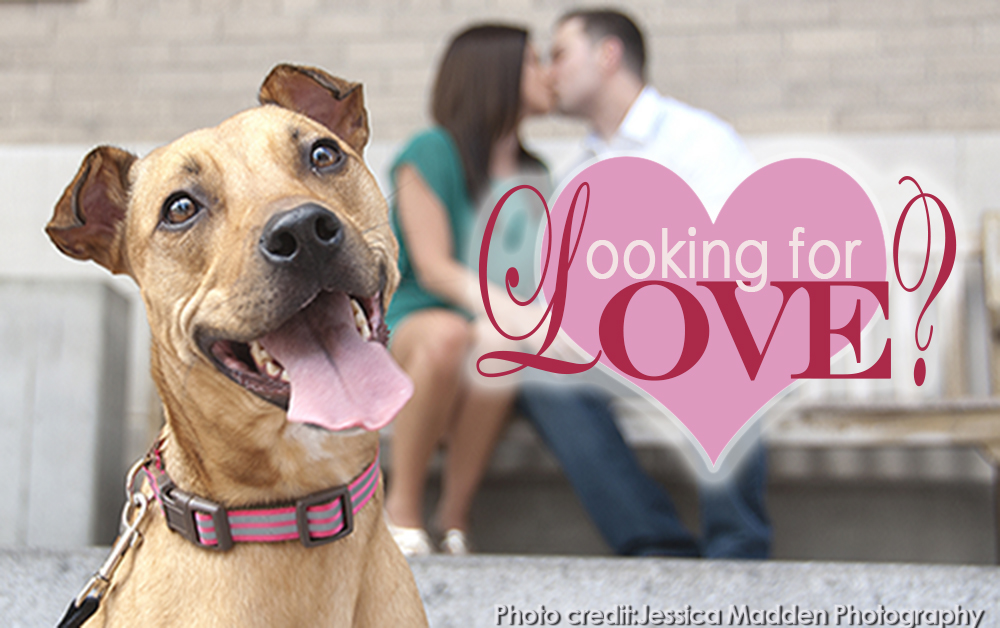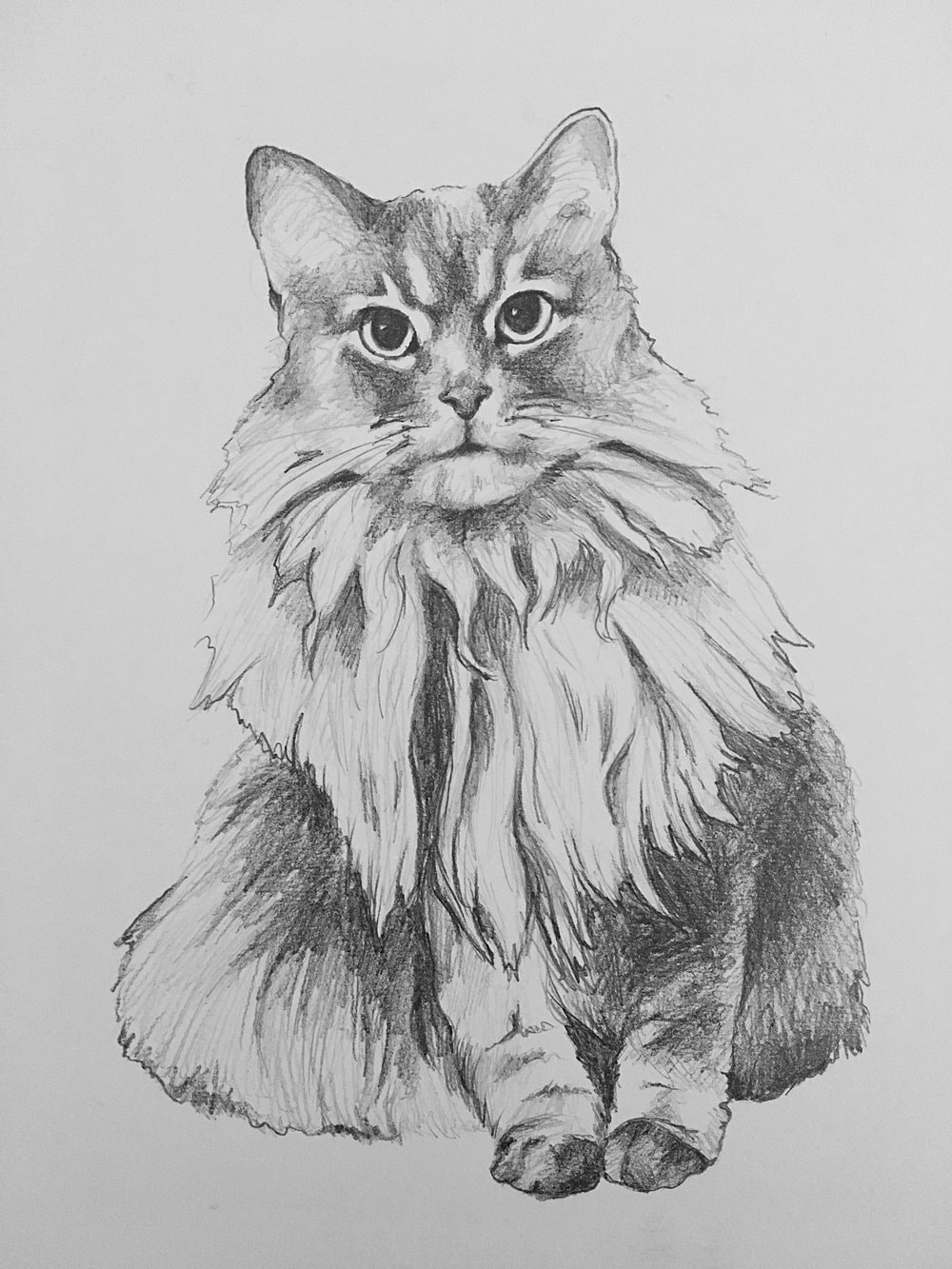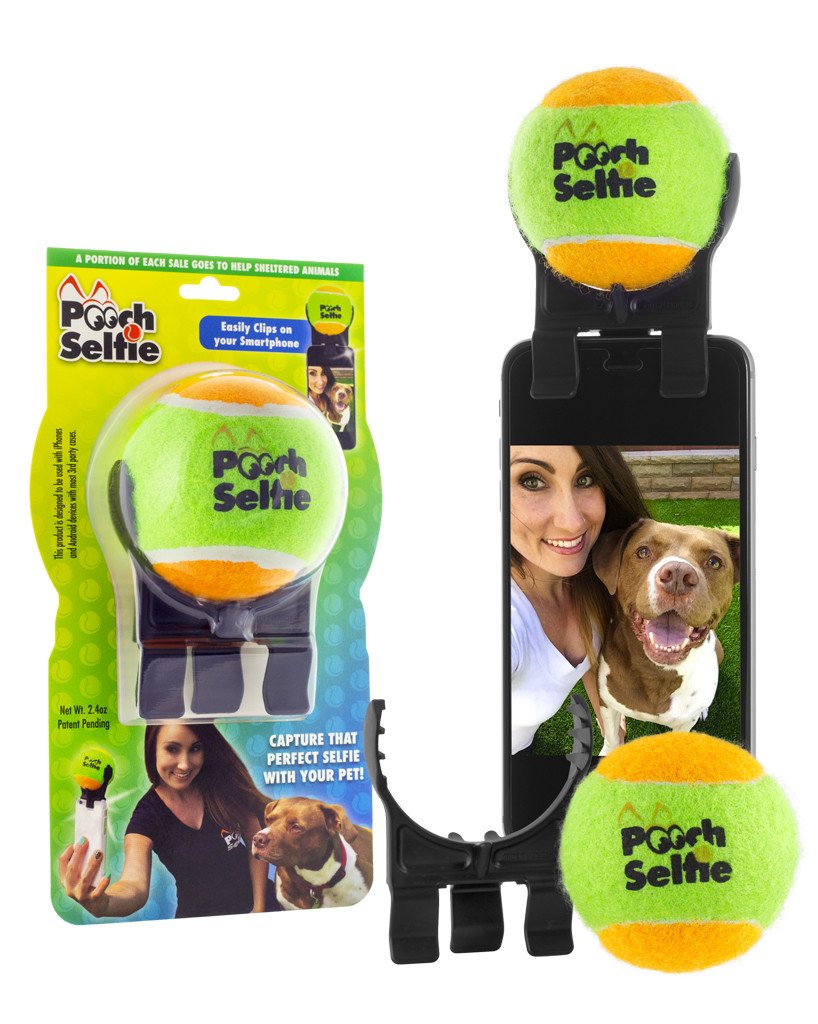GeordiHappy Valentine’s Day, everyone! We have an especially sweet treat for you this month. Allow us to introduce you to Geordi, our February Pet of the Month. He was adopted from Motor City Ferrets, along with his snuggle-buddy, Bev, (who is a sweetie in her own right) by Beth and Tony. Geordi and Bev had been at Motor City Ferrets for about a year when Beth and Tony found out the two older ferrets were currently the longest the residents at the shelter. Tony and Beth already had three ferrets at home and weren’t planning to add more, but Beth couldn’t stop thinking about the two ferrets and eventually emailed the shelter to adopt them. Both Geordi and Bev adapted quickly and took very well to their other ferrets: Socks, Deka, and Neuf. Geordi is an easy-going ferret, but also likes to be on-the-go from the minute he wakes up. Unlike most ferrets (who love the “snooze button” according to Beth), he will snap wide awake and is ready to go as soon as his sleep is disturbed. Right away, they realized he has limited or no vision, but it wasn't noted when they adopted him because it happened while he was at the shelter and he had learned the layout of the room. He has now become familiar with his new home and gets around as well as the other ferrets. He will also use his other senses which can make it difficult to get a good photo because as soon as he senses Beth or Tony nearby, he comes right over to see what they are doing. It also doesn’t stop him from playing hide-and-seek with his soft rattle toys and exploring his crinkly play tunnel. Geordi was diagnosed with insulinoma during his stay at the shelter and he was started on prednisone, a steroid. Insulinoma is a tumor on the pancreas which causes an increased secretion of insulin and is very common in middle- and old-age ferrets. The increase of insulin leads to low blood sugar which usually starts with weakness in the rear legs. If left untreated, it causes the ferret to become depressed and unresponsive during an episode. Geordi first came to City Pets because Beth noticed he was walking stiffly at times and wanted to have his glucose checked to make sure the prednisone was helping control his insulin levels. After making an adjustment to his dose based on his glucose levels, Geordi has been managing his insulinoma well. Insulinoma can sometimes be managed with surgery, but it can be an issue of cost, effectiveness, and age-related risk. We think it’s easy to see why Geordi’s story is perfect for the February Pet of the Month. It’s a heart-warming “tail” perfect for the holiday of love AND to combat the lasting effects of the polar vortex. You can visit Motor City Ferrets at http://motorcityferrets.org/ if you are interested in adopting a ferret.
0 Comments
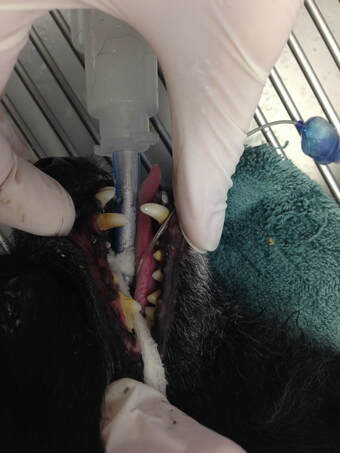 Before dental cleaning. Before dental cleaning. With the passing of the first two weeks of Dental Month, we realize we haven't been totally transparent with you about dental cleanings. No, we aren't saying they aren't beneficial (read about the benefits here), we've just never shared the down and dirty about dental cleanings. And believe us, they are DIRTY! So, here comes the "tooth"; are you ready? The preparation for a dental cleaning can begin days before the actual procedure depending on the age of your pet because we use pre-anesthetic sedatives and inhaled anesthetics. If your pet is over the age of seven, we require blood work to give us an insight into how their body is functioning and to look for any warnings your pet may have trouble processing the anesthesia. It is very rare, but we have determined a dental cleaning to be too risky when lab results were weighed against the benefits. This is also why we recommend doing blood work a few days before surgery, to avoid canceling the surgery the same day and to spare your pet the frustration of missing a meal.  After dental cleaning. After dental cleaning. Oh, right, your pet has to be fasted after midnight before the surgery. This is to prevent aspiration before the tracheal tube is placed and during its removal. After you drop off your pet, they will be given the pre-anesthetic sedative if we aren't doing blood work the same morning (which is available if you aren't able to come in earlier or you decide you'd like to run the lab work during check-in). After they are sedated, we will place a catheter in a front leg for IV fluids (optional for pets under 7-years-old). The IV fluids help to prevent complications by keeping your pet hydrated and regulating their blood pressure while under anesthesia and during recovery. Once they are sedated, we will give an injectable anesthesia and place the tracheal tube. The tube allows us to use less anesthesia because it more effectively delivers the anesthesia/oxygen mix to your pet's lungs, where it enters their bloodstream and gives them one of the best naps they'll ever have. By using less anesthesia, your pet is able to recover more quickly and with less of the "hang-over". During a dental cleaning, the tracheal tube offers another benefit because it has an inflatable cuff to keep it in place. This inflatable cuff prevents water and other fluids from entering the lungs. After the tracheal tube is placed, we can finally get down to business. We use an ultrasonic scaler to clean tartar, plaque, and debris from each tooth. While the doctor is scaling, a technician is monitoring your pet's heart rate and breathing. The scaler uses both vibration and jets of water to remove the gunk without damaging the healthy teeth underneath. During the scaling, the doctor checks each tooth to make sure it is firmly rooted and healthy. If a tooth is loose or unhealthy, it will be removed at this time. Some teeth are decayed or infected at the root and may require a dental specialist to remove. After both sides are scaled and all needed extractions are done, we polish all the remaining teeth. Lastly we rinse their teeth and mouth with a fluoride rinse to get large bits of debris out. Now that those teeth are sparkling, we begin the process of waking them up. As they come out of the anesthesia, we monitor them closely. Once they are sufficiently awake, we deflate the cuff on the tracheal tube and remove it. Then they recover in a warm, cozy kennel under close observation. A dental cleaning requires lighter sedation than other surgeries, so pets usually wake up sooner and have fewer restrictions after the procedure. Phew, we have to say how good it feels to get all this out there. We are really glad we finally took the time to come clean about dental cleanings. A few days ago we put together a list-a comprehensive list, we think-of gifts for the animal lover in your life. After learning over half of pet owners are planning to buy their furry friends a Valentine's Day gift as well, we thought we'd use our power of list compilation to help. You can check out some of our favorite pet presents below!
The only thing your Valentine will love more is their pet!It should be pretty easy to make a good impression on Valentine's Day. Some flowers, some chocolate. Boom, done! Right? Maybe not if your Valentine is an animal lover with their own pack of pets. Chocolate and certain flowers (or plants) can be toxic to pets, which means you could end up in the dog-house with your cute, albeit generic, gesture of love. Fret not, because we have a list with something to delight any animal lover. See, we don't just provide preventative care for your pets, we're looking out for your relationships, too! Royal Canin Genetic Health Analysis
Pet Portraits
Pooch Selfie
"Pet Owner Home Rules" Metal Sign
Pets Puzzle
Cat Wine Stopper
|
Archives
April 2021
Categories |


